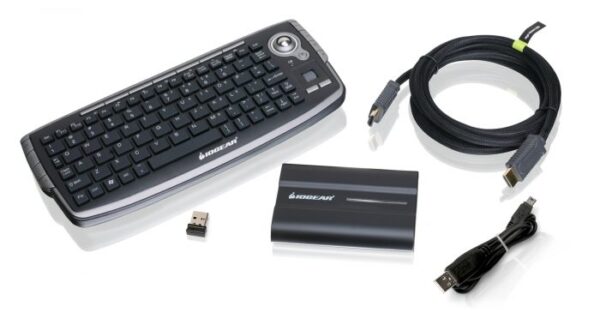Bluetooth in the mobile phone world is not just used for communicating with wireless headsets. You can also use Bluetooth for transferring data, such as ring tones or phone book data, from your PC to your mobile phone and vice versa. There are in fact four ways of transferring data between your phone and PC. All of them require you to install software that is sometimes shipped by the manufacturer or comes freely available from the Internet. The oldest and least expensive way is by using an RS-232 cable that connects your mobile phone into the RS-232 port of your PC. The data transfer is painfully slow, about 4-10 kbps.
You can also transfer data using a USB data cable that connects your mobile phone to the USB port of your PC. Data rates are much faster than RS-232 cable and extend up to 480 mbps. The advantage of using data cable is it’s cheap and works with any phone. The drawback is that getting the right cable for your phone can be difficult. This is especially true for older phones.
Manufacturer-supplied data cables are available. They are more expensive and do not seem to offer significant benefits.
The most popular wireless option to transfer data between your mobile phone and PC is infrared data transmission (IrDA). Infrared uses a beam of light to transmit data. It is also found in many PDA devices, remote controls, and wireless keyboards. It is the most economical option for mobile phones, but you need an infrared capable mobile phone and a PC with an infrared port. You can also use a USB infrared adapter, which will convert your USB port into an infrared port. IrDA has a large installed base, but the technology has drawbacks. It can operate only at a short range of 1 meter or 3 feet. Although IrDA is capable of data transfer rates of 4 mbps, speeds are often restricted to 115 kbps because of the need for the devices to be in the line of sight.
Bluetooth is emerging as the preferred wireless technology for data transfer because of its higher speeds and longer range. To use Bluetooth, you will need either Bluetooth built into your PC or an USB Bluetooth adapter plugged into the USB port of your PC.
Security Issues
Even though Bluetooth has some inherent security, it has minor security issues. One of them is called bluejacking, which involves sending messages from your Bluetooth device to people close to you with Bluetooth devices. Harmless bluejacking didn’t take long to evolve into more sinister pranks, such as toothing, whereby people communicate to other Bluetooth equipped people around them, trying to arrange casual and immediate meetings. Others security issues such as bluebugging (where a hacker eavesdrops on conversations) and bluesnarfing (where a hacker copies the phone book) have also been reported.
Does this mean Bluetooth is not safe? As more security holes are being discovered with Bluetooth, it’s becoming increasingly obvious that Bluetooth is susceptible to attacks. Security firms, therefore, recommend that those dealing with sensitive information should avoid Bluetooth handsets or deactivate the Bluetooth capability of their existing phones.
For more information, you can call on O2 Contact Number and get in touch with its dedicated team.


